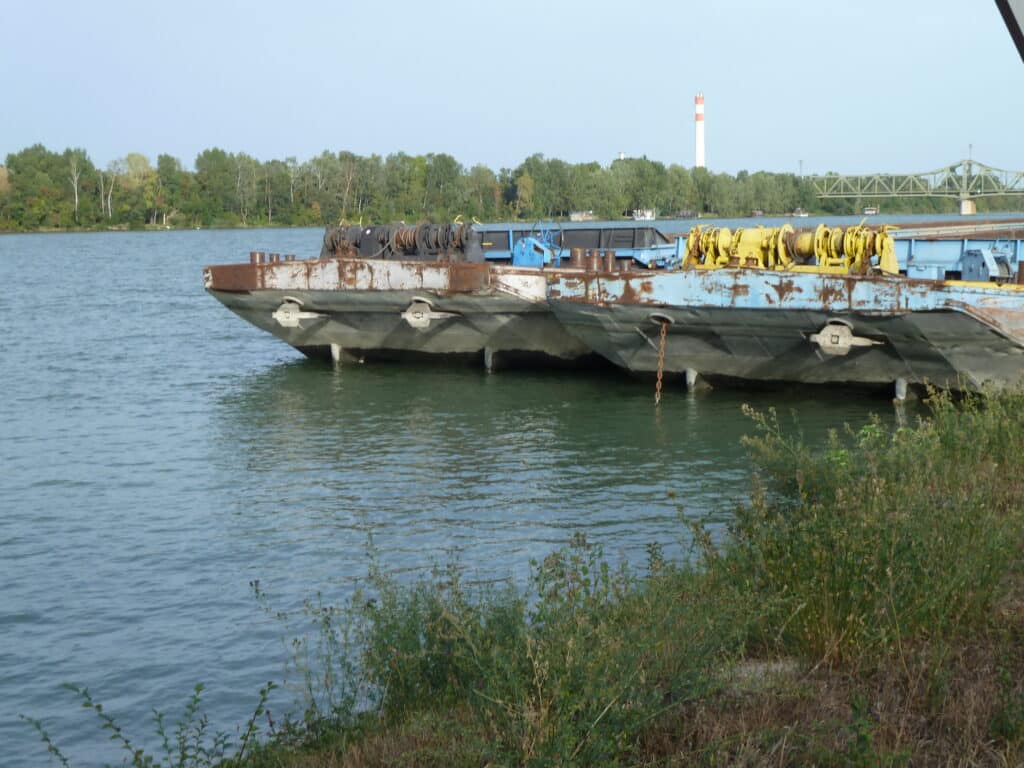Rostov-on-Don, Russia (PortSEurope) December 27, 2022 – In February Russia invaded Ukraine. The west responded with wide ranging sanctions affecting Russian trade and logistics. Moscow’s answer was increased cooperation with another global pariah state – Iran, in an attempt to redirect its import and export south-east via the Caspian Sea, to India and China.
PortSEurope followed closely the development of relations between the two most sanctioned countries in the world and their attempts to bypass western restrictions.
These are some of the headlines from the past months:
The two most sanctioned countries try to cheat the West via a logistics bridge across Caspian Sea
Desperate Russia looking to Iran’s ports as a way to bypass western sanctions
Iran allocates containers to sea trade with Russia
Iran and Russia plan jointly-owned shipping company
Iran’s Caspian Sea ports increase container handling
Russia, Iran plan transport cooperation
Russia launches first regular container train along the North-South corridor
Iran to help dredging Makhachkala – key port on the North-South corridor
Khazar Sea Shipping Lines starts regular services to Russian ports in Caspian Sea
“Our markets are in Asia and Africa” – Russia’s Deputy PM
Russia transports more containers south via Astrakhan
Iran export to Russia through Olya, Astrakhan, Makhachkala
Latest news
Moscow has decided to allow Iran to use Russian inland waterways – Volga and Don rivers with first reports about Iranian ships already visiting Volga ports after sailing across the Caspian Sea. Russia in turn wants to use Iranian port of Bandar Abbas (Bandarabbas) for access to Indian Ocean, India, Asia…
The two pariah states are trying to establish a trade corridor outside of western control that uses railway and sea/river transport, relying on the Caspian Sea where both are littoral states. Via Volga and Don rivers this corridor has access to Azov and Black Seas as well as to central Russia.
The main issues for the new International North-South Transport Corridor (INSTC) are underdeveloped railway and port infrastructure in both Russia and Iran; lack of containers; customs and transactions/banking regulations.
The INSTC is a 7,200 km long multimodal route that connects St. Petersburg with the ports of Iran and India. It is an alternative to the sea route connecting Europe, the countries of the Persian Gulf and the Indian Ocean through the Suez Canal. The western and eastern branches of the INSTC pass through Iran.
The western branch provides for transportation across Iran by road through Rasht, the eastern branch by rail. The end point in Iran is the port of Bandar Abbas, from which cargo can be delivered to India by sea. The western branch passes through Azerbaijan, the eastern branch through Kazakhstan and Turkmenistan. In addition, direct sea transportation from Russia across the Caspian Sea to Iran is possible.
By 2030, the volume of Russian cargo along the North-South corridor is expected to almost double, to 32 million tonnes, a small part of the cargo that was transported via the north-west Russian ports.
Copyright (C) PortSEurope. All Rights Reserved. 2022.

